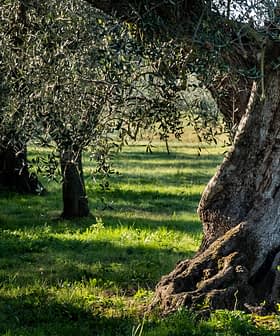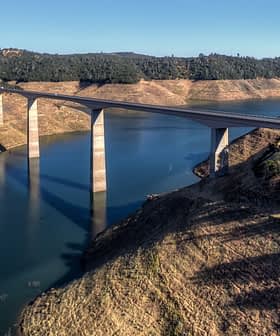Ancient Trees Are Key to Healthy Forests, Scientists Say
Ancient trees help keep forests alive by passing on their experience and hardiness to other trees and plants in the forest. They also better sequester carbon dioxide than trees of average age and provide shelter for endangered species.
The planet’s forests rely on a small group of ancient trees to survive and withstand environmental changes and other perils, new research has found.
However, these long-lived trees can only reproduce in primeval forests and are currently threatened by climate change and deforestation.
Once you cut down old and ancient trees, we lose the genetic and physiological legacy that they contain forever, as well as the unique habitat for nature conservation.
Scientists from the University of Barcelona, Tuscia University in Italy and the Morton Arboretum in the United States used a mathematical probability model to assess the number of trees that exceed the average age of other trees in a forest.
They also analyzed data from previous studies to understand how these ancient trees affect the rest of the flora in the ecosystem.
See Also:Millenary Olive Tree Destroyed in Sardinian WildfiresIn their study, published in Nature Plants, the researchers noted that ancient trees account for less than one percent of the tree population in a forest and can reach 10 or even 20 times the age of other trees in the woodland.
Despite their rarity, however, the forest’s veterans are vital to preserving the health and biodiversity of forestry ecosystems.
The chances are that trees that achieve exceptional longevity might pass on their genetic resilience to new generations of trees in their vicinity, enabling them to deal with their altering environment and pursue continuance.
“We examined the demographic patterns that emerge from old-growth forests over thousands of years, and a very small proportion of trees emerge as life-history ‘lottery winners’ that reach far higher ages that bridge environmental cycles that span centuries,” said Chuck Cannon, the director of the center for tree science at the Morton Arboretum and one of the study’s authors.
“In our models, these rare, ancient trees prove to be vital to a forest’s long-term adaptive capacity, substantially broadening the temporal span of the population’s overall genetic diversity,” he added.
The scientists added that the advantageous traits of centennial and millennial trees are not limited to preventing the wear and tear of aging. They also outperform typical mature trees in absorbing carbon dioxide and provide a unique habitat for endangered species.
The researchers also said that ancient trees do not follow a natural life cycle similar to other plant species or even humans; instead, their existence is mainly due to random events such as disease or fire.
“Mature, well-established trees are not programmed to senesce at a particular size or age,” they wrote. “[They] die in consequence of serious damage due to external biotic and abiotic factors, such as pests and diseases, fires, wind and ice storms, or sustained poor environmental conditions.”
However, the existence of old-growth trees is threatened by climate change and deforestation, and no physical mechanism exists to replace the loss of their parental presence in the forest.
“As the climate changes, it is likely that mortality rates in trees will increase, and it will become increasingly difficult for ancient trees to emerge in forests,” Cannon said. “Once you cut down old and ancient trees, we lose the genetic and physiological legacy that they contain forever, as well as the unique habitat for nature conservation.”
The researchers finally noted that, while forest restoration is an essential tool to preserve ecosystems, it is also crucial to protect the forest’s elders and preserve the evolutionary history written into them.
“Ancient trees are known to be unique biodiversity hubs that provide key or unique ecosystem functions unparalleled by managed forests,” they said.
“Losing these trees is like species extinction, in that an irreplaceable genetic resource is being lost,” the researchers concluded. “For all of these reasons, old-growth forests with their unique stock of ancient trees are becoming increasingly important to protect.”








